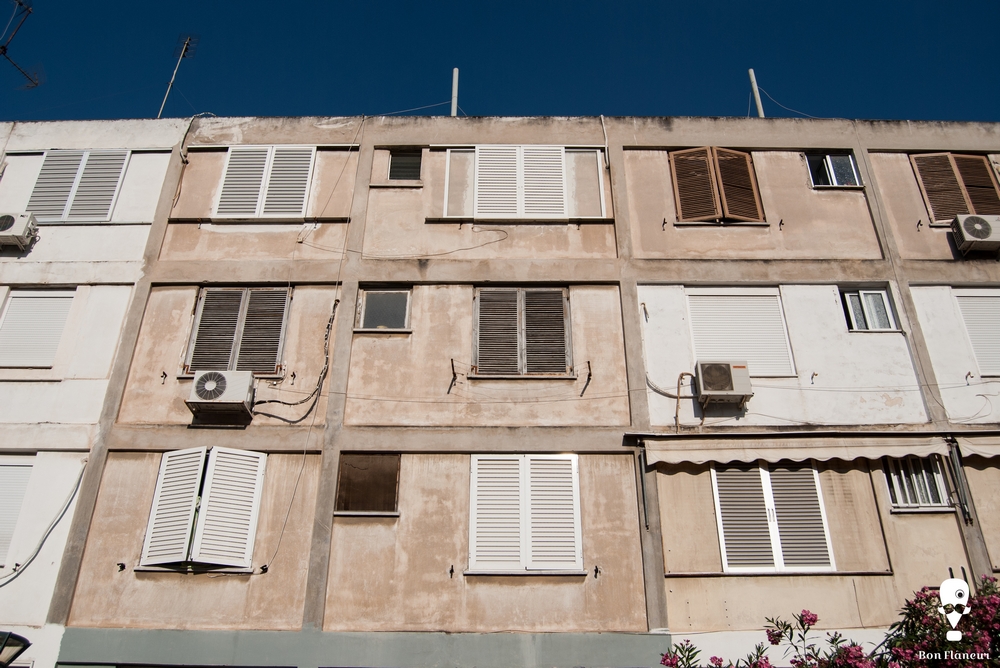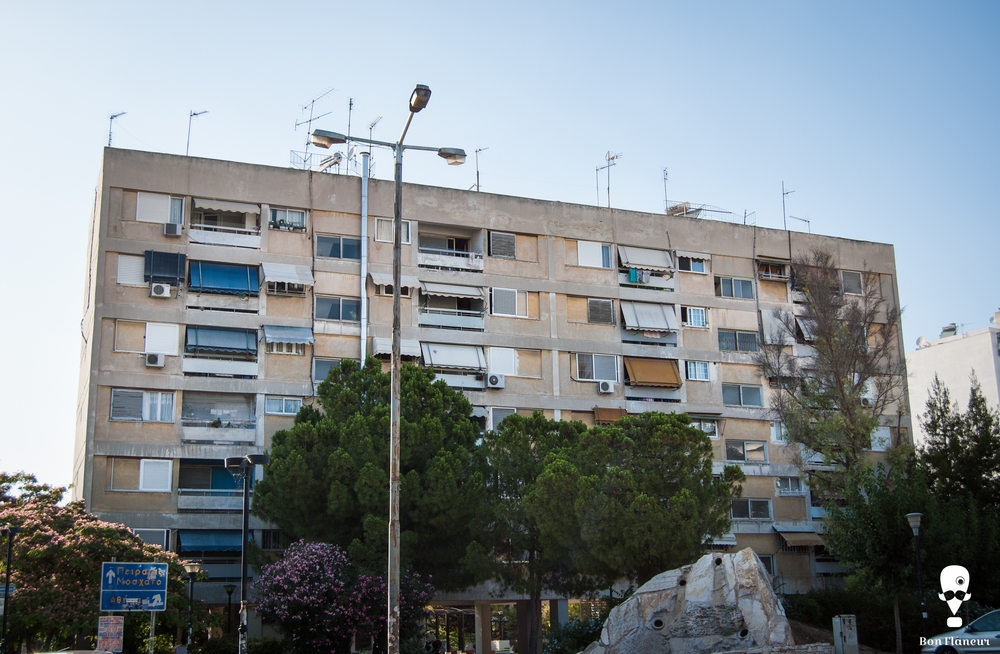Tavros Labour Houses
Tavros Labour Houses is one of the largest labour houses complexes in the country.
Location
Timeline
Modern and Contemporary era (1821 - )
1920 The first houses and shacks appeared.
1936 The first 6 two-storey apartment buildings were built.
1950 The first 2 three-storey apartment buildings were built.
1991 The last apartment buildings were built.






Share